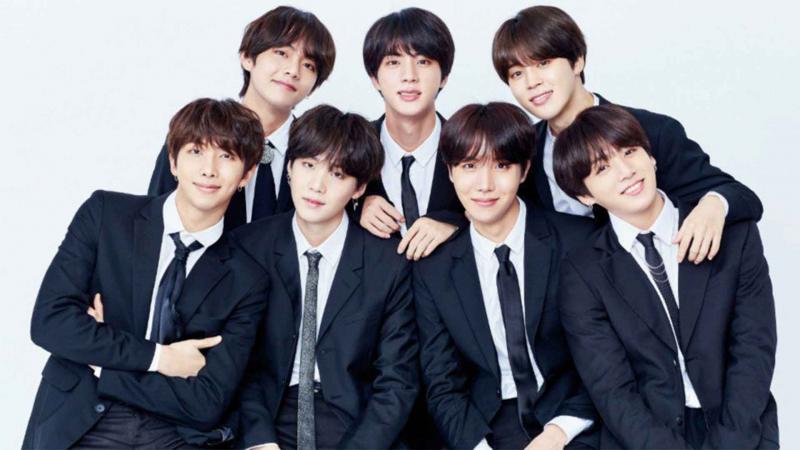Satya Nadella: Importance of Education
Learn English with Satya Nadella’s speech. In this speech, Microsoft CEO Satya Nadella talks about his family history and how education impacted the trajectory of his life. He emphasizes that while technology is a tool to empower creativity and ingenuity, it cannot replace the dedication of teachers and communities. Satya Nadella is an Indian-American business executive and the current CEO of Microsoft. He joined the company in 1992 and became CEO in 2014. Nadella is credited with transforming Microsoft into a cloud computing giant and expanding the company’s portfolio to include new technologies such as artificial intelligence and mixed reality.
Download Full
Download available
for Plus Members
🎯 1000+ English files (PDF, MP3, Lessons)
PDF Transcript
Access the full speech in an
easy-to-read PDF format.
Audio Version
Listen and download clear,
high-quality MP3 recordings.
English Lesson
Includes vocabulary
and grammar practice.
Offer ends in:
01
Days
:
15
Hours
:
29
Mins
:
42
Secs
Offer ended.
Download available
for Plus Members
PDF Transcript
Access the full speech in an
easy-to-read PDF format.
Audio Version
Listen and download clear,
high-quality MP3 recordings.
English Lesson
Includes vocabulary
and grammar practice.
Offer ends in:
Offer ended.
Transcript and Audio Here!
English Speeches creates these files FREE & downloadable, so you can learn English and improve your vocabulary!
Satya Nadella | Quote
“Be passionate and bold. Always keep learning.” Satya Nadella
Satya Nadella | FULL TRANSCRIPT:
My great-grandfather, who was a marginal farmer, had just passed away, leaving my great-grandmother a young widow with two sons and no source of income. To provide for her sons and their future, she had to move to a town nearby and make some difficult choices. She became a domestic servant but still could only afford to send one of her sons to school. While the two boys were close in age, both in grade school, one was seen as being more responsible while the other was a bit of a troublemaker.
My great-grandmother opted to send the more responsible, diligent son, viewed as having more potential, into the workforce. He became a day laborer at a construction site. He would continue in that field for the rest of his life, never given the opportunity to gain new skills and gain higher level employment. The other son was sent to the local school and that boy was my grandfather. Despite being seen as being less responsible, he continued through school and eventually became a police officer. Despite entering the workforce nearly a decade after his brother, his starting salary was exponentially higher. It was my grandfather’s education and the eventual career that enabled my father to pursue his own education, which eventually allowed me to follow my own passions.
The opportunity my grandfather was given impacted the trajectories of the generations to come. This personal story reflects that often repeated adage, talent is everywhere but opportunity is not.
Today’s event is about education and technology. More specifically, it is about empowering the students of today to create the world of tomorrow. We live as an amazing time of technological progress. Every aspect of our lives, economies and societies are being shaped by digital technologies. However, technology is also creating disruption. There is a growing concern over job growth, economic opportunity, and the world we are building for the next generation. The real question is how can technology create more opportunity, not for a few, but for all? Addressing that question is core to our mission to empower every person and every organization on the planet to achieve more.
This is not just a set of words for us, but something we care deeply about. Our success is measured by others’ success. Democratizing educational opportunity speaks directly to our mission and it’s one of the most pressing societal challenges. Technology can amplify the work of dedicated people and institutions, but rarely can substitute for it. Kentaro Toyoma, a former researcher at Microsoft and the author of the book Geek Heresy, captures it best when he says that societal change requires more than just technology. Technocrats, as Toyoma refers to them, have a tendency to extol the virtues of technology and view it as a remedy to all that ails the system. I’m here today as a heretic. We are under no illusion that technology alone is the answer to transforming education. Dedicated administrators, great teachers, motivated students, and involved parents and communities are the ones changing education. And technology is merely a tool to empower their creativity and their ingenuity.
It is this opportunity that motivates our work in education and everything you’ll see today. One of my favorite parts of the job is to be able to see and learn from the students all around the world. Over the past two years I’ve had a chance to visit students from 20-plus countries, to see students in Jakarta and Tel Aviv use the same office tools that my daughters use in Seattle, how teachers in Tokyo and Madrid are using Minecraft to teach students computational thinking, how a group of young female students in Cairo were inspired to learn to code and built an app to assist the Syrian refugees in their own community. I’ve been struck by the commonalities amongst the students, their ingenuity, their thirst for learning, diversity and dreams for future.
As I’ve spent time visiting these classrooms, a few things stick out to me each time. First, technology should help not hinder teachers’ work in the classroom. Teachers have constant demands on their time. They must create curriculum, grade tests and papers, manage classrooms, discipline, educate and inspire. Each time I leave a classroom, the job of a teacher makes my job look easy in comparison. Technology should make teachers’ lives simpler and spark students’ creativity, not distract from it. This is a top priority that we are focused on at Microsoft. Today you’ll see how we’re delivering an accessible, streamlined platform readily available to all classrooms, so teachers spend less time focused on technology and more time doing what they love doing, inspiring students.
Secondly, the nature of work is changing drastically. Much of work today happens in teams, within groups of people, working together to solve a problem where the sum becomes greater than the parts. We need to prepare our students for this future and enable team-based learning experiences in the classroom. Amongst groups of students, between students and teachers, between teachers and parents, what you will see today is how any classroom can promote learning through collaboration, hubs for teamwork, personalized learning tools and the ability to co-create. By empowering students to learn together, their educational opportunities get better.
Third, we must prepare our students for tomorrow. Consider the report from the World Economic Forum’s and their jobs report. An estimated 65% of the students entering school today will have jobs that do not yet exist. Teachers know this and they are hungry to equip their students for this future. They know that computational thinking and problem solving skills are key to the future, but they also know that they need to take a much broader view of STEM. By bringing STEM curriculum alongside reading, writing, design and art, we’ll set these students up for success in the future. Throughout today’s presentation, we will show you new technologies designed to address these needs and most importantly how technology can empower students and teachers to enhance learning outcomes and create a world of tomorrow.
Lastly, democratizing educational opportunity must be inclusive of everyone, not just a select few. To me, this is something that’s deeply personal. This includes students with disabilities and different learning styles. They must be given an opportunity to pursue their own dreams. Dyslexia is estimated to impact one in five people. 72% of the classrooms have students with special learning needs. Reading is an essential competency and once a student falls far behind, it’s difficult to catch up and it’s just not about reading. You fall behind in every other subject area.
This is something that we aim to address with the OneNote learning tools designed specifically to help students with dyslexia, but it can help students everywhere with their reading and writing skills. It’s been incredible to hear the feedback from the teachers using this to teach emerging first-grade readers or from parents who have exhausted their options seeking help for their dyslexic children learning to read or how a teacher in Macedonia used the learning tools to teach young students English. We will take a look at how these learning tools and much more as Terry Meyerson joins me today to share more of the news.
To close, I want everyone to imagine the world we are building for tomorrow. Just as my grandfather’s opportunity changed the trajectory of our family, this is what inspires me. How can we collectively come together to democratize the educational opportunity for every student, both for this generation and the generations to come? Thank you all very, very much.
Satya Nadella






